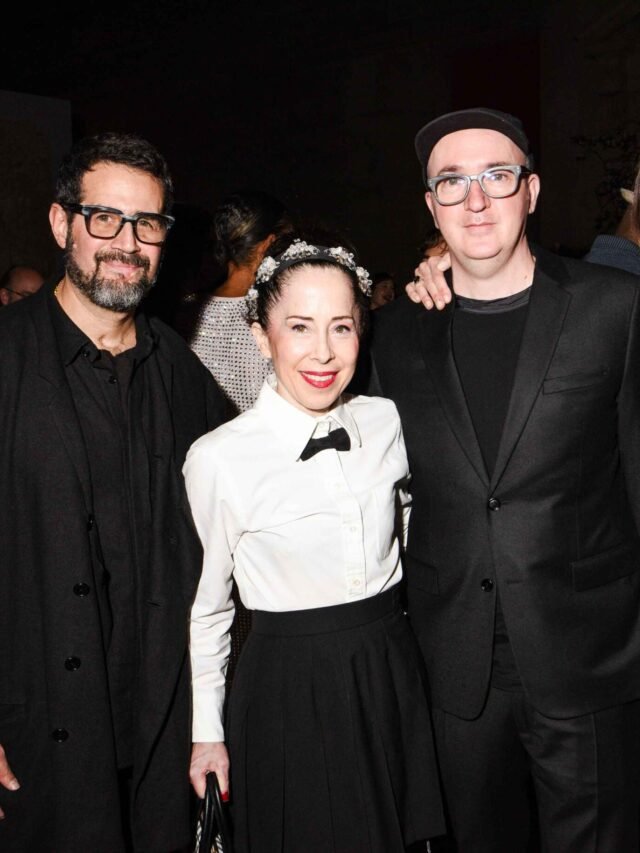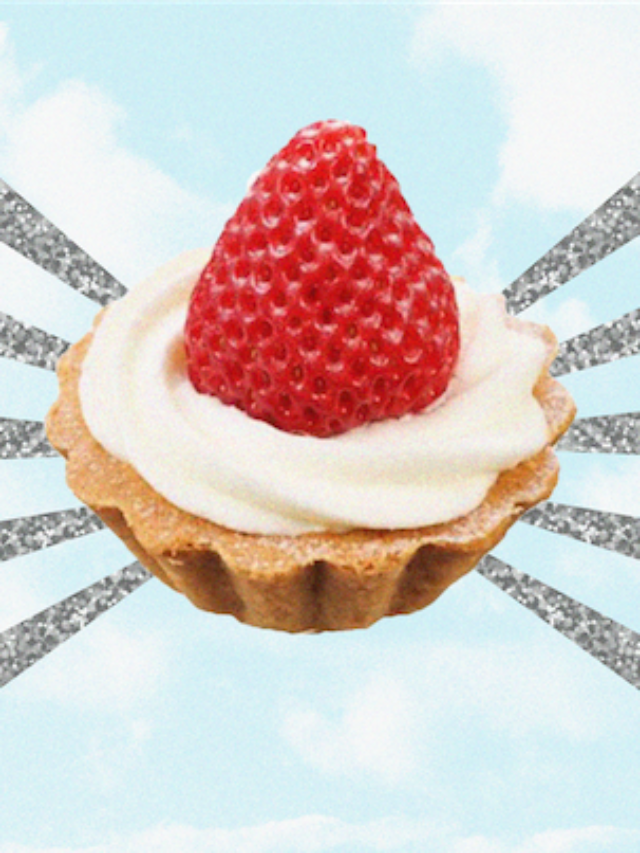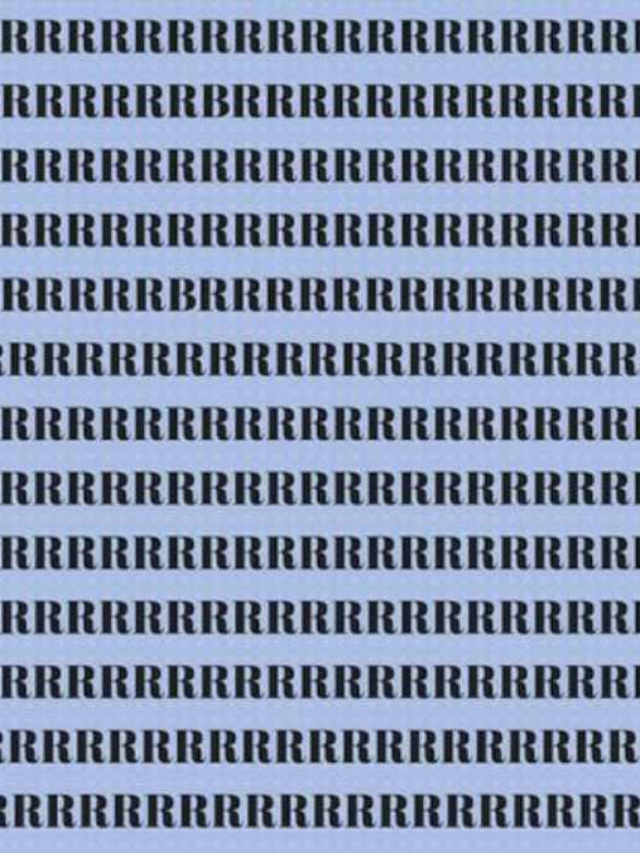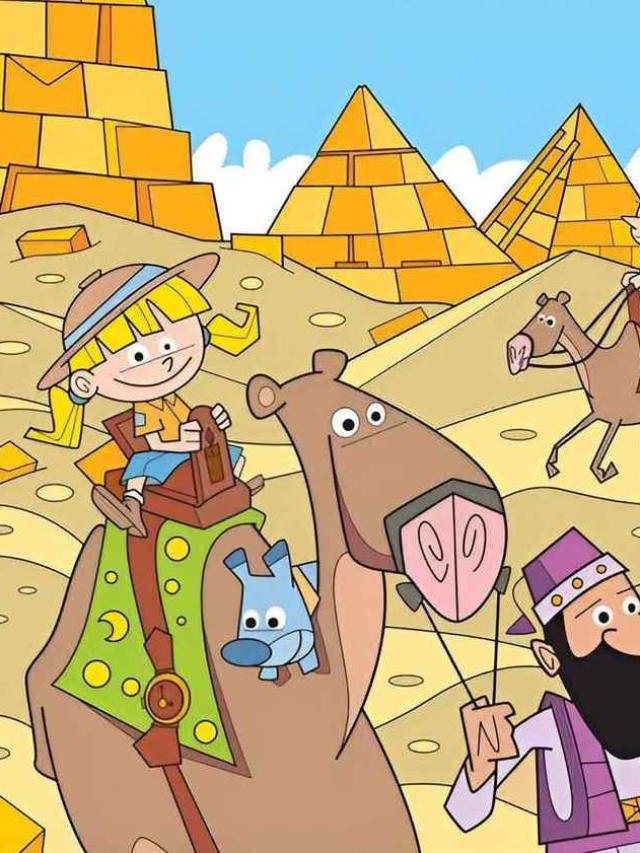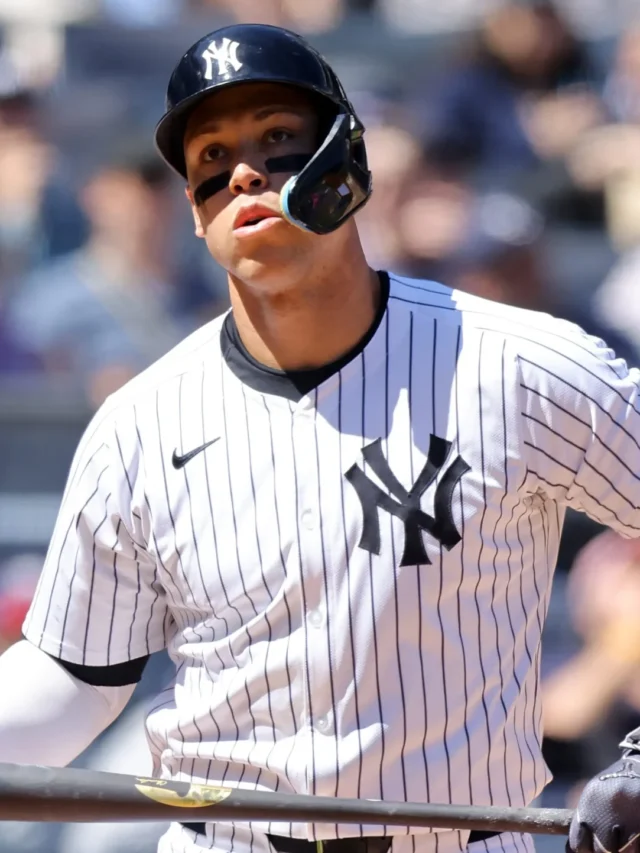Optical illusions and spot-the-difference puzzles are more than just fun activities; they are powerful tools for enhancing cognitive functions such as observation, concentration, and pattern recognition. In this article, we dive into a specific type of visual challenge: spotting differences in pictures. The task is to identify three differences between two seemingly identical images of a baby crying, and you only have 10 seconds to do so. This test not only measures your attention to detail but also your speed and accuracy under pressure.
The Cognitive Benefits of Spot-the-Difference Puzzles
1. **Enhanced Observation Skills**: These puzzles train your eyes and brain to notice fine details that are often overlooked. This skill is transferable to many real-life situations where keen observation is crucial.
2. **Improved Concentration**: Completing these puzzles requires sustained focus and attention. Regular practice can help improve your ability to concentrate on tasks for longer periods without getting distracted.
3. **Boosted Pattern Recognition**: By identifying differences, you enhance your ability to recognize patterns and anomalies, a skill valuable in fields such as data analysis, coding, and even everyday problem-solving.
4. **Stress Relief**: Engaging in these puzzles can be a relaxing activity that helps reduce stress. The satisfaction of finding all the differences can provide a mental break and a sense of accomplishment.
### The Challenge: Spotting 3 Differences in Baby Crying Pictures
In this particular challenge, you are presented with two images of a crying baby. At first glance, the pictures appear identical, but there are three subtle differences hidden within the images. The goal is to find these differences within 10 seconds. Here’s how you can approach this challenge effectively:
Strategies for Success
1. **Quick Initial Scan**: Begin with a quick overview of both images to get a general sense of any glaring differences. This scan should take no more than a couple of seconds.
2. **Focus on Key Areas**: Babies have distinct features and accessories that are often the focus of spot-the-difference puzzles. Pay special attention to areas such as the baby’s face, clothing, and background elements.
3. **Systematic Approach**: If the initial scan doesn’t reveal all the differences, break the images down into sections. Compare each section methodically from top to bottom and left to right.
4. **Look for Anomalies**: Differences might include slight color changes, missing items, or altered shapes. Be particularly alert to these subtle changes.
5. **Use Peripheral Vision**: Sometimes, differences are easier to spot when you use your peripheral vision rather than staring directly at the images. This technique can help you notice discrepancies that you might miss when focusing too intently on one spot.
### Step-by-Step Guide to Finding the Differences
Imagine the two images of the crying baby are in front of you. Here’s a step-by-step approach to spot the three differences:
1. **Initial Scan (2 Seconds)**:
– Quickly glance over both images to catch any obvious differences.
2. **Key Areas (4 Seconds)**:
– **Face and Expressions**: Look at the baby’s eyes, mouth, and overall expression. Any changes in these areas?
– **Clothing**: Check for differences in the color, pattern, or presence of accessories like bibs, buttons, or ruffles.
– **Background Elements**: Examine the surroundings for missing or added objects, or changes in color and shape.
3. **Sectional Breakdown (4 Seconds)**:
– Divide the image into four quadrants. Spend one second per quadrant comparing each section of the images closely.
– Look at the baby’s head and upper body in the first quadrant, the arms and hands in the second, the torso and lower body in the third, and the background in the fourth.
Examples of Differences to Look For
1. **Facial Details**: A slight change in the baby’s eyebrows, a different expression, or a tear that is present in one image but not the other.
2. **Clothing Changes**: A missing stripe on the baby’s shirt, a different color on the baby’s socks, or an accessory like a hat that is altered.
3. **Background Elements**: A toy in the background that is present in one image but missing in the other, or a color difference in the background scenery.
Why You Might Miss the Differences
1. **Over-focusing**: Concentrating too much on one part of the image can cause you to miss changes in other areas. Ensure your eyes are scanning the whole image.
2. **Cognitive Bias**: Your brain might trick you into seeing what it expects to see. Stay aware of this and try to view the images as objectively as possible.
3. **Time Pressure**: The 10-second limit can create a sense of urgency that might make you overlook subtle differences. Practice helps improve speed and accuracy under pressure.
Practice and Improvement
1. **Regular Puzzles**: Engage with spot-the-difference puzzles regularly. Start with no time limit and gradually decrease the time as you improve.
2. **Variety of Images**: Use images with varying levels of difficulty to challenge different aspects of your observation skills.
3. **Mindfulness Exercises**: Incorporate mindfulness practices to enhance your focus and concentration, which will benefit you in solving these puzzles more effectively.
Spot-the-difference puzzles are an enjoyable and effective way to boost your cognitive abilities. The specific challenge of finding three differences in a picture of a crying baby within 10 seconds tests your observation skills, concentration, and ability to process visual information quickly. By using systematic strategies and regular practice, you can improve your performance in these puzzles and enjoy the cognitive benefits they provide. So next time you come across such a puzzle, embrace the challenge and relish the mental workout it offers.





